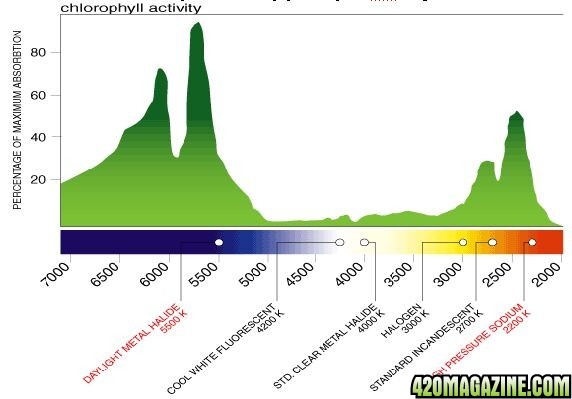I have read all the forums and I am still confused on an LED setup. I live where its 100 degrees outside and the electricity is extremely high, so HPS/MH isnt much of an option after AC costs.
Here is what I have
20,000 budget for entire room (supplies, AC, lighting, drywall?, electrical, vents, etc)
I have about 500 sqft of space to use, and plan on sub dividing it, using lower powered led veg lights for the mothers and phased veg. I would like to do as many plants as possible on my budget (under 99) with attempting to do a staggered monthly harvest, something like 30 flower/30 flower/30 veg, and then my mothers.
Thanks for the help, I have done some grows with LED at another place of business, but I am not happy with the lights I purchased for flowering, although they are perfect for VEG.
Im not sure if I posted this in the right section, but lighting is my biggest ? mark right now
I have looked into Diamond series, Solarflare, Blackstar and a few others, there are just too many to chose, and I dont want to screw this decision up
Here is what I have
20,000 budget for entire room (supplies, AC, lighting, drywall?, electrical, vents, etc)
I have about 500 sqft of space to use, and plan on sub dividing it, using lower powered led veg lights for the mothers and phased veg. I would like to do as many plants as possible on my budget (under 99) with attempting to do a staggered monthly harvest, something like 30 flower/30 flower/30 veg, and then my mothers.
Thanks for the help, I have done some grows with LED at another place of business, but I am not happy with the lights I purchased for flowering, although they are perfect for VEG.
Im not sure if I posted this in the right section, but lighting is my biggest ? mark right now
I have looked into Diamond series, Solarflare, Blackstar and a few others, there are just too many to chose, and I dont want to screw this decision up




